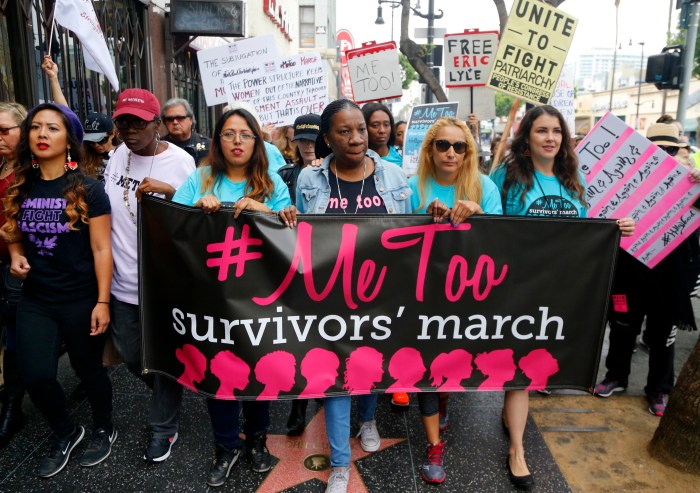By Peter Sorkin
The fair, which was sponsored by the New York City Environmental Justice Alliance, the New York City Coalition to End Lead Poisoning, the Northern Queens Health Coalition and School District 30, among others was made possible by the Keyspan Foundation.
Attendees were treated to workshops on asthma, lead poisoning, safety in the home, alternatives to fossil fuels, clean air, energy conservation and balancing electrical power and community needs.
Richard Cherry, the president of CEC, said his organization at 43-10 11th Ave. in Long Island City is a nonprofit group that provides energy, building performance and environmental services to residents. It was founded in 1994 as a spinoff of the New York Urban Coalition – the only organization in New York City dedicated to linking energy, housing and environmental issues to community development, he said.
“We're an organization that has as its focus environmental issues in the home,” Cherry said. “We felt it would be important to bring these issues to the community. The idea is to bring this information from different organizations to the local community.”
Volunteer Don Dodelson who lives in Long Island City, got involved with CEC after seeing the effects the environment had on his and his neighbor's health. Astoria has one of the highest rates of asthma in Queens.
“One day I looked out my window and saw smoke coming out of the Ravenswood plants,” he said. “I was concerned about the environment and started to explore what I could do to get active.”
Dodelson said the health fair was a great way to educate local activists and families and stressed how important it was to keep educating those who care.
“I think it's the way to go to get the community aware that there is an environment and there is something we can do about it. We can help it heal.”
Cherry said he hopes additional health fairs will educate participants about indoor air quality and energy conservation techniques, given the expansion of the utility plants.
“It's interesting because most people think of the environment as happening elsewhere,” he said. “But these are issues that people can really do something about. It's a message we hope we can get out to people from the community.”































